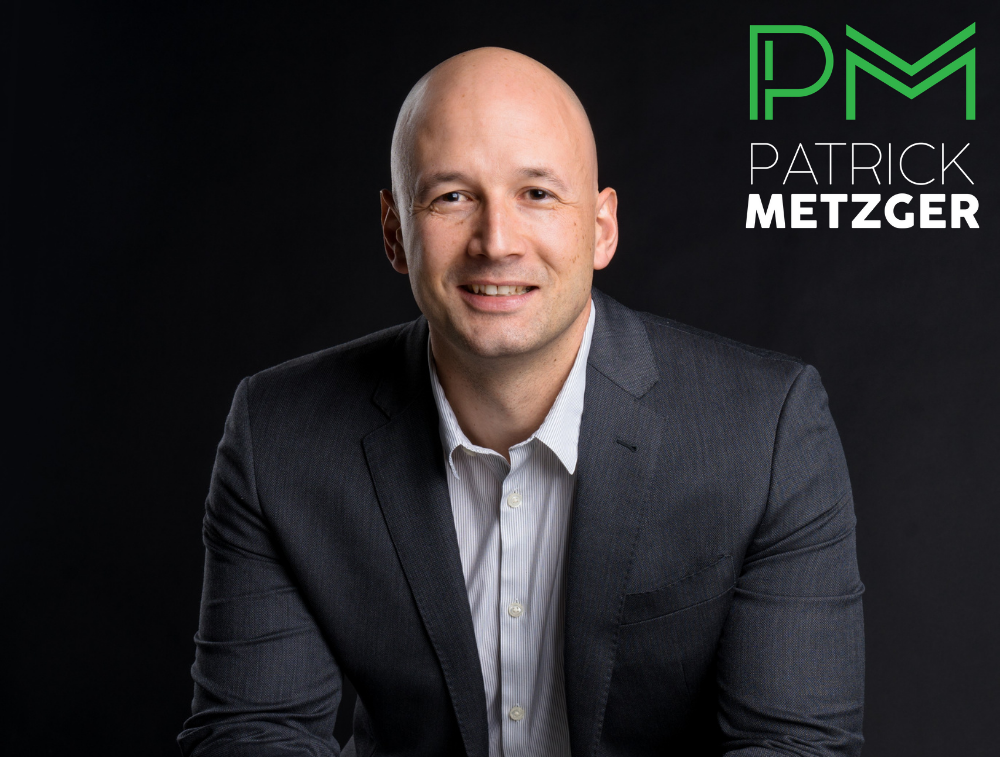Written by: Patrick Metzger, PM & Associates
Whether you own a business or are looking at starting one, there has probably come a time where someone has advised you to develop a strategic plan.
But with the constant changes that owning a business brings, along with the current business climate, the temptation to put a plan aside and wing it is stronger now more than ever. To get a better understanding of what a strategic plan really is and why it is important, we sat down with Patrick Metzger – a professional Entrepreneurial Operating System (EOS) Implementer and business coach – and talked to him about why we cannot rely on our own luck to grow a successful business.
Dakota Business Lending: What IS a strategic plan and how does it differ from a business plan
Patrick: A good and effective strategic plan lays out both short and long-term goals and the clear target of where you want to go. While it will address many similar aspects of a business plan, it should include a strategy of exactly how you are going to reach those goals and all the pieces that will go into it. It’s like an ever-changing playbook for your business.
Dakota Business Lending: Why are strategic plans so important?
Patrick: Believe it or not, a good majority of businesses today are just kind of winging it. While these businesses do have a decent idea of who they are and where they are going, they are missing a key component that is critical to their long-term success: a step-by-step plan of how they are actually going to get there. This is what a strategic plan sets out to do, and without one, the odds of reaching those goals decrease dramatically.
Dakota Business Lending: What does an effective strategic plan look like?
Patrick: The most important thing to remember when creating your strategic plan is to keep is simple. The best strategic plans are clear, concise, and showcase every employee’s role and responsibilities in the process – from the CEO down to an intern or new employee.
In addition, your strategic plan should showcase:
- Where your business has been
- Where your business is currently (in terms of mission, values, focus, marketing, and strategy)
- Where your business ultimately wants to go
Dakota Business Lending: How far ahead should a strategic plan cover?
Patrick: You can really compare a great strategic plan to a rock-climbing wall. You know where the top of the wall is, which is ultimately your goal, but your focus best not be on the top. Instead, your attention needs to be on how to best clearly lay out the path (the long-term plan), to scale the wall while also preparing for the pivots, backtracks, holds and steps (short-term goals) you’re going to need to make along the way as you effectively navigate upward.
Dakota Business Lending: What is the most common mistake your see in strategic planning today?
Patrick: The biggest mistake I see is not in the planning itself, but in the communication and execution of that plan. You can ask almost any business owner about their long-term strategic plan, and they probably have a good idea of where they are and where they want to be. Their problem is, however, that they can’t get it on paper and in front of people in a way that their organization can understand. Emptying that visionary’s head out and making sure it’s seen and understood by everybody draws clarity that is absolutely crucial to the success of your plan.
Dakota Business Lending: Say that I have completed my strategic plan. How do I go about implementing it?
Patrick: Implementing your strategic plan with your team is by the far the most important part of the strategic planning process. The biggest thing you need to focus on is the communication within your business. First and foremost, your plan needs to be a shared vision among everyone. Secondly, everybody needs to be on the same page about what the plan is and their specific role within that plan. You can have the greatest plan in the world, but if you don’t communicate it and get everyone on the same page, it won’t have any legs. If you do communicate it correctly, however, you are going to get commitment and buy-in from the people within your organization that will make the plan possible.
It’s also important to remember that a strategic plan is a working document that should be constantly reviewed and revised on a regular basis – not just by the CEO or business leader, but by all members within your leadership team and organization. Your long-term goals are always infinite and change is inevitable, so you are going to have to pivot and make adjustments along the way.
Dakota Business Lending: What is your biggest piece of advice for business owners who are wanting to develop a strategic plan of their own?
Patrick: Take the complexity out of it. Don’t make it more of a process than it needs to be, and get everyone involved in the planning. You don’t need a fancy, expensive document. You need feedback and input from those within your organization, and then have a detailed plan of how to get there.
Dakota Business Lending: Do you have any resources to share that can help business owners with this process?
Patrick: As a Professional EOS Implementer, we use a strategic planning document called a Vision Traction Organizer (VTO). It takes the complexity out of your plan, and brings great clarity to who your business really is and where your focus needs to be in driving initiatives forward. You can contact me for more information on developing that VTO and the variety of resources we have available to help you get more from your business.
If you’re looking for a business coach or someone to walk you through your strategic plan, see what Patrick has to offer.

